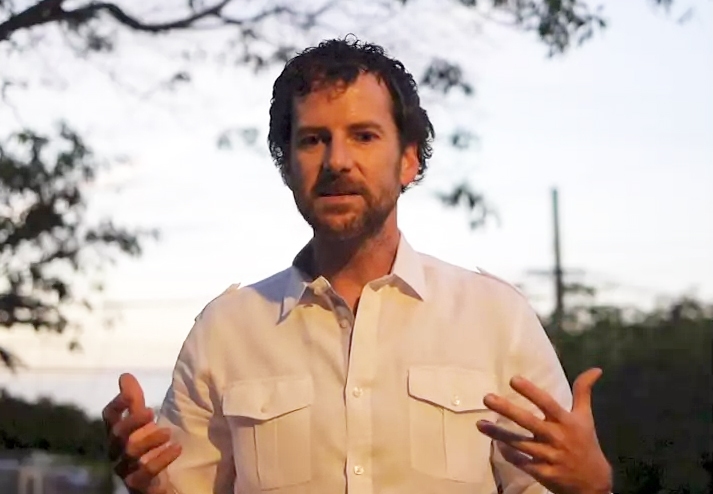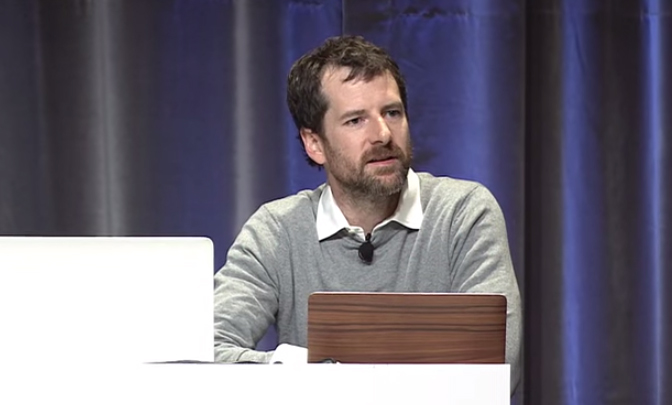Want to Improve Your Human-Centered Design Skills? There's a Class for That
San Diego, June 27, 2014 -- More than 24,000 people have signed up to take a course on “Human-Computer Interaction” that the University of California, San Diego will offer through the Coursera online network this summer. The course begins Monday, June 30 and will run through August 24, 2014. [To sign up, click here.]
|
“We’re trying to convey the principles and methods to create great interfaces with any technology,” said Klemmer. “Students will learn how to design technologies that bring people joy rather than frustration. You’ll also learn principles of visual design so that you can effectively organize and present information – as well as principles of perception and cognition that inform effective interaction design.”
The course is designed to appeal to a broad audience. Students who do the project should expect to spend 10-12 hours per week. It’s free, no textbook is required, and there are no prerequisites to take the course. Some students who may not have finished an earlier version of the course may take it again. In particular, students may do their assignments and quizzes, but fall short of doing the studio practicum, so they can do it this time without repeating all the quizzes. “The practicum is really useful because it allows students to practice their design skills and get feedback from their peers,” said Klemmer.
|
The course also depends on students for the equivalent of the professor’s “office hours.” Students can pose questions in a Q&A forum, and students can vote on the most important questions for – and answers from – Klemmer. The teaching staff will also monitor the Q&A to make sure that the consensus didn’t overlook an important question that should be answered.
Students can expect to come away from the course with a variety of design skills. According to the introduction on Coursera, “You'll learn several techniques for rapidly prototyping and evaluating multiple interface alternatives – and why rapid prototyping and comparative evaluation are essential to excellent interaction design. You'll learn how to conduct fieldwork with people to help you get design ideas. How to make paper prototypes and low-fidelity mock-ups that are interactive – and how to use these designs to get feedback from other stakeholders like your teammates, clients, and users.”
“In this course as with many online classes, you’ll get out what you put in,” said Klemmer in his teaser video on the Coursera site. “Some of you will join to watch a few videos. Others will want to participate in the studio track, where you’ll have the chance to prototype your own design project. Some past alumni of the course have even continued their projects afterward, launching startups or getting Kickstarter funding, working with nonprofits and schools, or just using the project as a portfolio piece for their own fun.”
The summer course that begins June 30 is the only time Klemmer’s course will be available on Coursera in 2014. The late cutoff date for enrollment by students who want to work toward a Certificate of Accomplishment is July 15, 2014.
“Human-Computer Interaction” is one of four UC San Diego courses delivered this summer over the Coursera network. Biology professor Stephen Mayfield’s course, “Our Energy Future”, began in June and runs through August. On July 1, faculty from the Scripps Institution of Oceanography and other campus divisions will begin co-teaching a new course, “Climate Change in Four Dimensions.” Then on August 1, Terry Sejnowski and Barbara Oakley will launch a one-month primer on “Learning How to Learn.”
Related Links
Human-Computer Interaction on Coursera
#HCI5 on Twitter
Media Contacts
Doug Ramsey, 858-822-5825, dramsey@ucsd.edu


